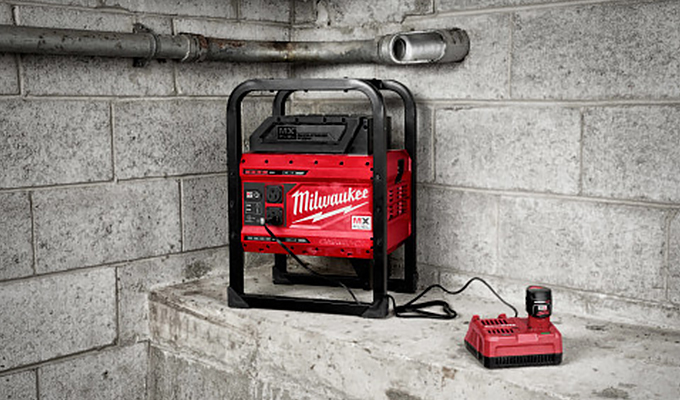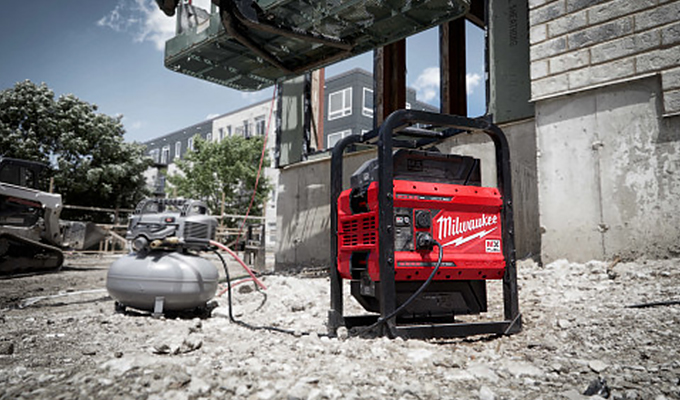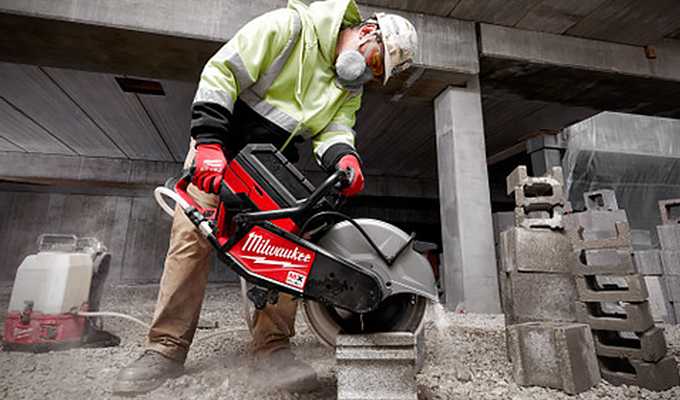It’s been called the ‘silent killer,’ and for good reason. Carbon monoxide is one of the most dangerous threats because it gives no clear warning to its victims – its odorless nature makes it utterly indistinguishable from other gases and smells. And it does its job within mere minutes of inhalation, causing unconsciousness and suffocation.
Unfortunately, construction workers tend to encounter situations that put them at higher risk for CO poisoning through their use of gasoline-powered equipment such as generators and cut-off saws in confined, poorly ventilated spaces. In fact, CO can even build up in pockets of semi-enclosed jobsites where tarps and plastic sheeting are being used.
Because it can threaten the lives of countless workers on construction sites without notice, the Occupational Safety and Health Administration has long stressed the importance of appropriate prevention methods against CO poisoning, providing guidance on proper training, suggested monitoring and ventilation processes, and how to proactively identify (and manage) confined spaces on jobsites. Learn more here.
With 2021 now in full motion, here’s 2 quick ways you can help improve the safety of your workers this year (and into the future) and prevent their risk of CO inhalation.
DITCH GAS ENGINE GENERATORS

Even amid the increase of cordless power tools on jobsites, workers are still reliant on AC power for specialty corded tools, charging batteries, and charging sensitive electronics (such as tablets and phones). However, on projects where electrical wiring has not yet been completed, workers have historically needed to rely on portable generators to get their power. This is often what leads to those stories we’re so used to seeing in the news – the stories of workers have sadly succumbed to CO poisoning, often in spaces such as basements where there is little to no ventilation.
With the danger of CO inhalation squarely in focus, for quite some time OSHA has strongly advised that gas-powered generators never be used in (or near) confined and occupied spaces. And while this has led to increased safety for workers, the problem of power remains, leading many crews to opt for using extension cords. Unfortunately, 100+ feet of extension cords being draped across jobsites can lead to its own problems, such as trip hazards.
But what if you could mitigate the risk of CO poisoning without a reduction in power and without a tangled mess of extension cords?
Just recently a portable power supply called the MX FUEL™ CARRY-ON™ Power Supply has been introduced which provides a solution that eliminates emissions and extension cords all through battery-power. The compact size, zero emissions, and quiet operation of the power supply allow workers to safely operate the unit in confined, indoor spaces.
There’s also the bonus of no engine maintenance or gasoline expenditures. To keep a generator running during a typical workday, you’re looking at anywhere from one to three gallons of diesel or gasoline per hour of use, depending on the generator size and what the demand on it is. With a push-button start, workers can start up the MX FUEL™ Power Supply in mere moments, with no downtime.
IN FACT, DITCH GAS WHENEVER YOU CAN

While generators are major offenders of CO hazards in confined spaces, they aren’t the only culprits. As reported by the National Institute for Occupational Safety and Health (NIOSH), a plumber using a gasoline-powered concrete saw in a basement suffered from CO poisoning even though the doors and windows were open, and a cooling fan was in place. Additionally, an OSHA report shared that two workers died while using a wet cut-off saw to cut a hole in a basement wall for a new window. Each felt ill, tried to move to fresh air, but collapsed before they could get there. These examples demonstrate how real the dangers of CO can be. But these deaths can be prevented.
A battery-powered cut-off saw like the MX FUEL™ 14” Cut-Off Saw altogether eliminates the hazards of gas engines in these confined spaces. The saw is also capable of cutting 6 ft of concrete or 72 cuts in #5 rebar per charge – while this might not make it the full-time saw for crews that do all-day work in concrete, the zero emissions and instant push-button start make it the perfect supplemental saw for crews that frequently need to do work in confined spaces like basements. Additionally, with no engine, this saw requires no gas maintenance, and creates much less noise and vibration.
Other critical gas-powered tools and equipment that can be easily replaced with battery-powered solutions are:
- Chainsaws
- Core Drills
- Blowers
For a company’s bottom line, battery-power also has major financial advantages. In addition to eliminating CO emissions, the costs associated with gas management (as well as repairs on engines and engine components) are removed.
To learn more about the MX FUEL™ System click here.
ABOUT MILWAUKEE TOOL
Milwaukee Tool, founded in 1924, is a global leader in delivering innovative solutions to the professional construction trades that offer increased productivity and unmatched durability. Whether it is through their world-leading M12™, M18™, and MX FUEL™ cordless systems, the ground-breaking performance of their M12 and M18 FUEL™ products, jobsite lighting, time-saving accessories, or innovative hand tool and storage products, Milwaukee® is dedicated to delivering a steady stream of advanced, trade-specific solutions. Milwaukee Tool is a Brookfield, Wisconsin-based subsidiary of Techtronic Industries Co. Ltd. (TTI) (HKEx stock code: 669, ADR symbol: TTNDY). For more information on the full line of Milwaukee® products, please call 1-800-SAWDUST or visit www.milwaukeetool.com.


